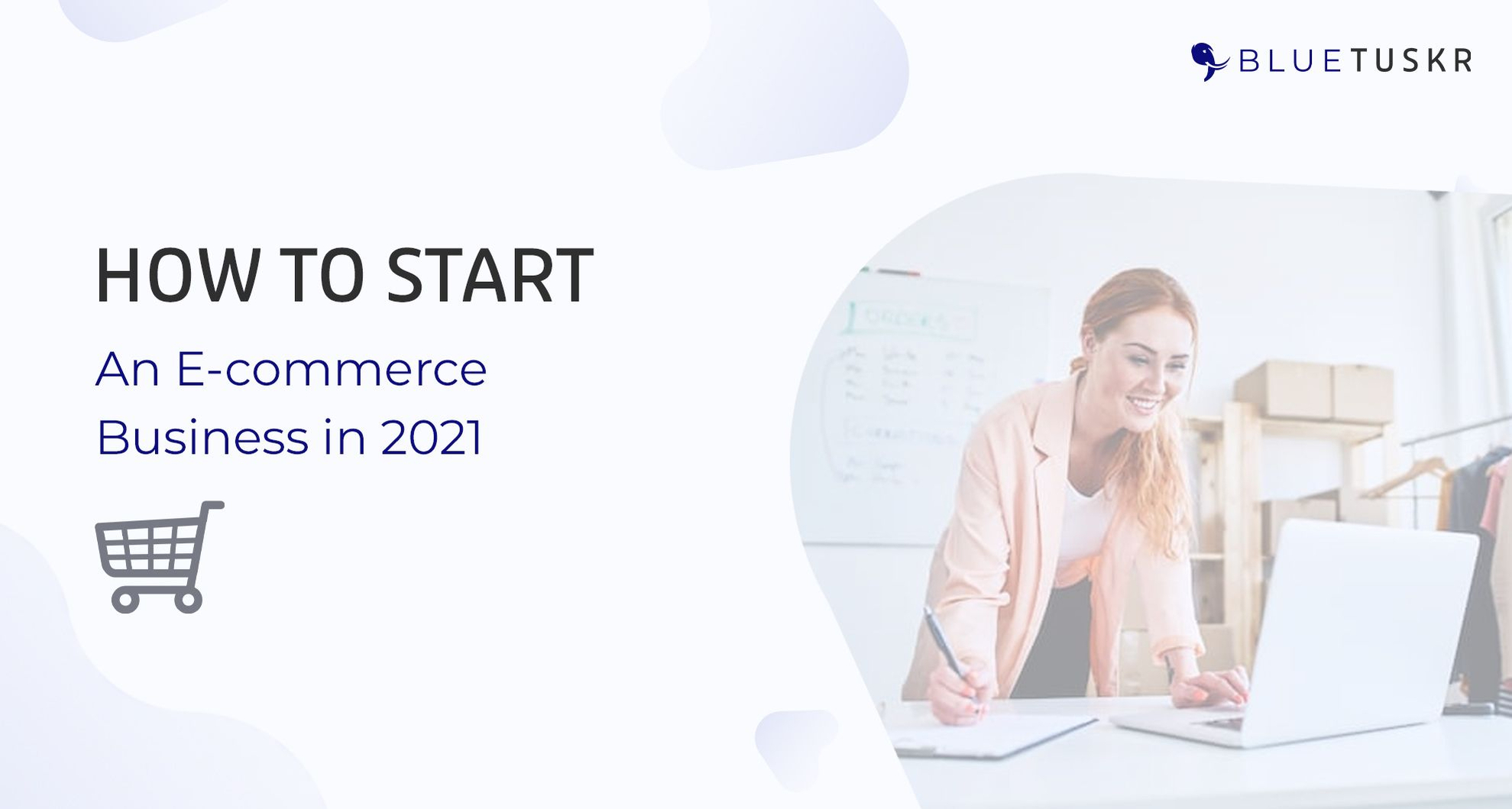
How to Start an E-commerce Business in 2023
While shopping online was once a novel concept, it’s now a staple. In the aftermath of COVID-19, many consumers had little choice but to head online for various items, boosting the e-commerce world dramatically. For some, this simply meant a change to everyday life. For others, it signaled a possible opportunity.
Many people began to wonder if 2021 would be a great time to start an e-commerce business and, if it was, what it took to get one off the ground. Luckily, the process isn’t as difficult as you may believe. If you’re thinking about getting your dream e-commerce company going, here’s what you need to know.

Why Start an E-commerce Business
For many people, the idea of launching an e-commerce company is exciting but also daunting. They may wonder, “Why should I start an e-commerce business this upcoming year? Is it actually a good move in 2021?”
When you choose to start an e-commerce business, you’re creating an opportunity. What kind depends on your personal situation. For example, operating your own company might give you the freedom you always craved or serve as a chance to follow your passions. It could be a source of extra income or allow you to earn more than you are in your current field.
Only you will understand your motivations. But if they are strong, those alone could be enough reason to launch your e-commerce business.
Whether you still have doubts or not, it’s also important to understand what the world of e-commerce looks like today. Internet adoption keeps climbing each year, and the number of online shoppers is also expanding.
In 2019 alone, an estimated 1.92 billion people made an online purchase. That’s nearly 26 percent of the world population (which was estimated at 7.5 billion as of 2018).
Plus, global e-commerce sales crossed the $3.5 trillion mark in 2019. For companies in the United States, e-commerce generated $601.75 billion in online sales in 2019, a nearly 15 percent increase from the year prior.
The pandemic has also made online shopping a go-to approach, a move that’s demonstrated by massive spikes in sales. For example, Best Buy saw online sales skyrocket 242 percent in Q2 2020. Target, Home Depot, and many others also saw triple-digit growth.
Since COVID-19 is still a concern, there’s a strong likelihood that some level of growth will continue. But even after the pandemic resolves, increasing consumer confidence in online shopping could keep them heading to their computers or phones when they need items instead of brick-and-mortar stores.
Ultimately, if you choose to start an e-commerce business in 2021, you may be able to benefit from the current climate.
How to Start an E-commerce Business
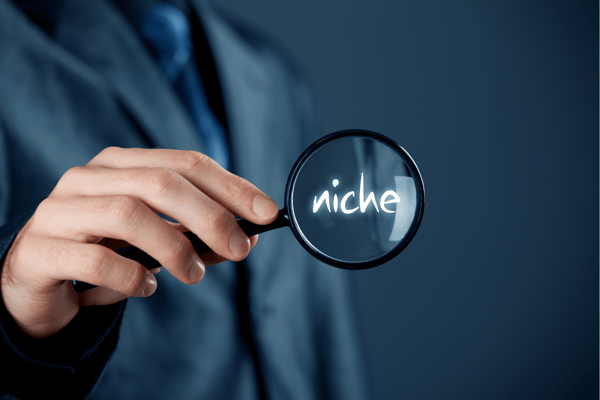
1. Identify a Viable Niche
As with all great adventures, your first step if you want to start an e-commerce business is to handle some research. You need to figure out what market segments hold genuine opportunities, and that isn’t something you’ll usually discover by accident.
Often, this is a multi-stage process. In the beginning, your main goal may be to determine if you want to be in the product or service sectors. After that, you can start narrowing down your options to see what has potential and also aligns with your passion.
Generally, you want to find a niche with opportunity. In the simplest terms, this could mean an area where demand is reasonably high, but availability is somewhat low. It could also include a market segment where you could differentiate yourself from the competition in a way that attracts customers.
Take advantage of various product research tools. These can often help you identify potential opportunities that could serve as the basis for your company.
As you do your research, it’s also critical to explore the complexities of various approaches. For example, if you decide that you want to offer products, you need to determine if they will be digital or physical. If you opt for physical, then you need to examine creation, storage, and fulfillment. Are you going to make your own products or purchase items from a manufacturer or dropshipping supplier? If the latter, what manufacturer or dropshipping supplier are you going to use? Do you want to store and ship your products or hand that over to a fulfillment center?
Yes, the research step can be incredibly long. It does take time and energy to find opportunities, perform competitor research, and settle on an approach.

2. Create a Draft Business Plan
Once you’ve got your base research handled, your next step is to create a draft business plan. Now, this doesn’t have to be a final version. Instead, it’s a way to organize your thoughts and see if there is anything critical you’ve overlooked.
Additionally, this process can guide further research. For example, you can start collecting key figures that give you an idea of how much it will cost to start your e-commerce business. For example, if you plan on sourcing private label products from a manufacturer and using a fulfillment center, you can dig into how much cash it takes to go that route.
At this stage, it isn’t necessarily about perfection. You simply want to refine your numbers as you go, ensuring you have a clear picture of what it will take to get from now to the launch of your e-commerce business.
However, make sure to re-examine your business plan during each of the following steps. By doing so, you’re slowly polishing it. Before you know it, it will be a complete and optimized reflection of your company and its goals.
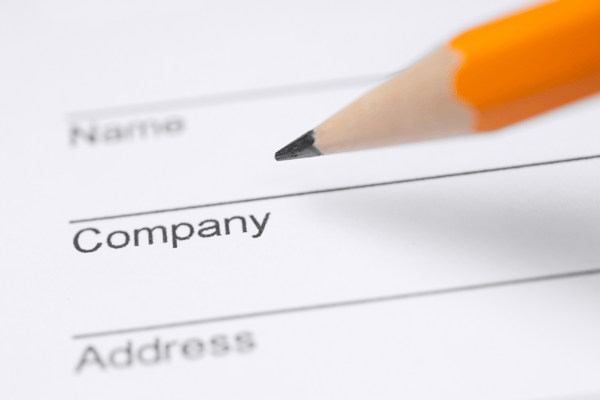
3. Choose Your Company Name
You can’t start an e-commerce business without having a great name for your company. Ideally, you want one that’s unique that also gives clues about the nature of your business.
This step can take a startling amount of time, mainly because you have to select a name that isn’t already in use. Along with checking the United States Patent and Trademark Office database, you should also check the Secretary of State’s website for your state.
After that, it doesn’t hurt to do a little Googling. While a business name may not be registered anywhere, that doesn’t mean someone isn’t using it informally, hasn’t appeared in a work of fiction, or something similar. Put your preferred name into the search engine and see what pops up.
You may also want to see if anyone is operating a website that has your business name as all or part of the URL. Again, this helps you determine if it’s potentially being used elsewhere. Additionally, it lets you know if you’re preferred URL is available before you commit to the name.

4. Select a Legal Structure
There are several business entity types that may work for your e-commerce company. Each has its own benefits and drawbacks, so it’s wise to explore your options before moving forward.
For example, you may decide to operate as a sole proprietorship, partnership, limited liability company (LLC), Close corporation, B corp, C corp, or S corporation. Which one is right for you depends on a range of factors. If you aren’t sure which to choose, it may be wise to consult with a business attorney to get advice that aligns with your circumstances.

5. Get Your EIN
Getting an employer identification number (EIN) is often a wise move, even if you select a legal structure that doesn’t require one. It gives you the ability to separate your personal and business financial lives. Plus, getting one is free.
Simply head to the IRS website and follow the instructions. Once you submit your application, validations are automatic, allowing you to get your new EIN right away.

6. Tackle Your Licenses and Permits
Whether you need licenses or permits may depend on the legal structure you select. For example, sole proprietorships usually don’t make registering your business necessary.
However, for most business types, you are going to need the right licensing to operate in your city and state. Typically, this isn’t particularly cumbersome. The majority of e-commerce companies are out of a person’s home, so they don’t need some of the permits that brick-and-mortar retailers need. However, the rules do vary by location.
If you don’t know where to begin, you can contact your local Small Business Administration. Generally, they can give you the details you require to figure out how to handle your licensing and permits. Otherwise, do a simple search, listing your city and state along with “business license” or “business permits” to get going.
.png?width=600&name=1620%20x%201080%20(1).png)
7. Create Your Logos, Labels, and More
With your name secured and licenses in place, now’s the time to handle some of the aesthetic aspects of starting an e-commerce business. Whether you’re using private labels, launching your own e-commerce site, or simply want some solid branding for social media, you’ll need to spend a little bit of time in the design phase.
How you go about creating these items may vary. In some cases, the e-commerce platform you choose (more about that in a moment) may have tools that can make creating some of these images easy. If not, then you may want to work with a freelancer or design firm to get these handled.

8. Choose Your Platform
Picking your ideal platform is a critical part of the process when you want to start an e-commerce business. The option you select is going to be the foundation of your online store. Plus, it determines what features and capabilities are available to you.
Additionally, the platform you choose will determine whether you need to head out and secure your URL and hosting on your own or if the platform assists you with that. Some e-commerce solution providers offer domain names and hosting as part of the package. However, others don’t.
Spend some time researching the top e-commerce platforms. Compare feature sets, pricing, ease-of-use, and everything else that can help you determine which is the best fit.
It’s also important to note that you may not even need a separate platform. If your goal is to sell only through marketplaces like Amazon or eBay, and you don’t plan on running your own e-commerce site, you may be able to bypass some of this. However, you may still want to invest in certain handy solutions, like inventory management software, that can help you track your goods and maintain solid records.
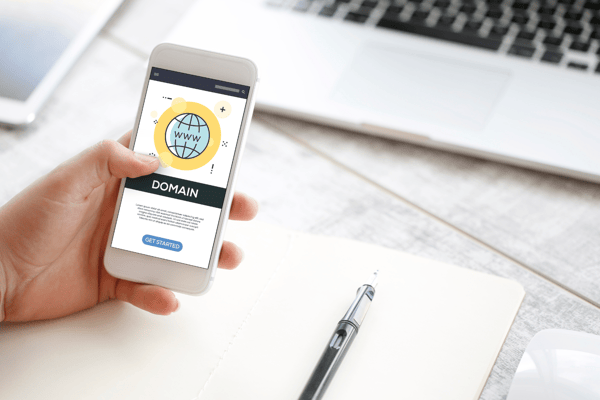
9. Secure Your Domain Name and Hosting
If you choose an e-commerce platform that provides domain names and hosting, then this step is simpler. You’ll need to select an available URL and officially claim it. Usually, this process is part of the platform’s initial setup, and you’ll have access to a tool that allows you to explore options. Once you find one that aligns with your business name and vision, secure it with the platform provider.
If the platform you want to use doesn’t provide domain names and hosting, you’ll need to handle these on your own. There is a range of providers to choose from, though some may be better equipped to work with your platform than others. As a result, you may need to do a little research to figure out which one best meets your needs.

10. Source Your Products
Now that you have everything you need to get your e-commerce business off the ground, it’s time to source your products. Since exploring options was part of your initial research, you may already know exactly where you’ll turn.
If not, then it’s time to continue your research. There is a slew of manufacturers, wholesalers, and dropshipping suppliers around. You may be able to find a source with a Google search or by turning to a supplier directory, for example.

11. Coordinate Fulfillment
If you’re using a fulfillment center, then you’ll want to get those services in order before you start selling. That way, your first customers won’t experience a strange delay simply because you don’t have all of your ducks in a row.
Exactly what you’ll need to do depends on the provider you use. Speak with them directly to discuss product acceptance and when they will be ready to start shipping items to customers.
If you are handling your own fulfillment, then all you may need to do is wait for the products to arrive. Once you have them, you can take a quick inventory, ensuring the order was accurate. Then, you can list the items for sale, sending out packages as customers make purchases.
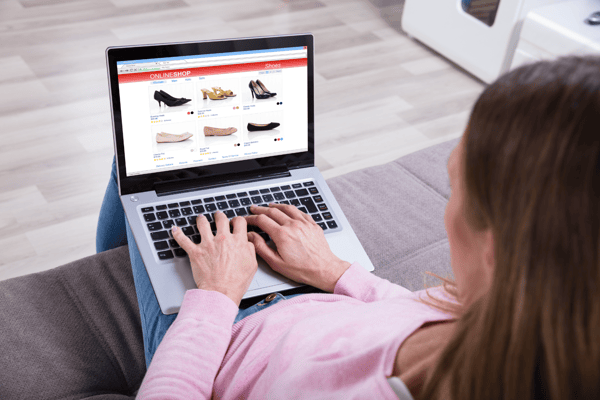
12. Add the Listings
Once you have access to your products, it’s time to add listings. Essentially, this process makes your offerings visible and available for purchase. Usually, you’ll include product titles, images, and descriptions, at a minimum.
Ideally, you want to focus on SEO best practices and creating a great customer experience, ensuring each listing is enticing. With SEO, you can increase the odds that your website will appear in search engine results. It’s a great way to drive organic traffic. As a result, you want to consider what kinds of keywords connect to your products, allowing you to include them naturally as you write the copy.

13. Start Marketing
With a live site and listings in place, it’s time to start marketing. How you proceed may vary depending on the platforms or marketplaces you use.
In many cases, social media marketing is an ideal starting point. By learning to leverage social media, you can make a significant amount of headway without breaking the bank.
It may also be wise to invest in email marketing software. With that, you can create mailing lists, craft enticing newsletters, and take advantage of a range of tools that can help drive sales.
If you decide to go with Amazon, you can use marketplace-specific programs. For instance, Amazon Sponsored campaigns and Amazon Lightning Deals might be reasonable starting points.

14. Review Your Metrics and Analytics
When you initially start an e-commerce business, it’s guaranteed that not everything will work perfectly right away. Some products may sell quickly while others linger. You might have trouble securing traffic, causing sales to slump.
After you launch, make metrics and analytics your best friends. Review your website and sales data regularly. Conduct A/B testing on your ads to see which ones resonate. Embrace the idea of continuous refinement.
By being open to data-driven change, you can hone your approach. As a result, you’ll be primed to make wiser choices, ensuring you are making adjustments to drive traffic and boost sales the right way.
Interested in e-commerce strategy services? Contact our team at Bluetuskr, an e-commerce marketing strategy.
Connect With Us
Recent Post

.png)







Tell us what you think!